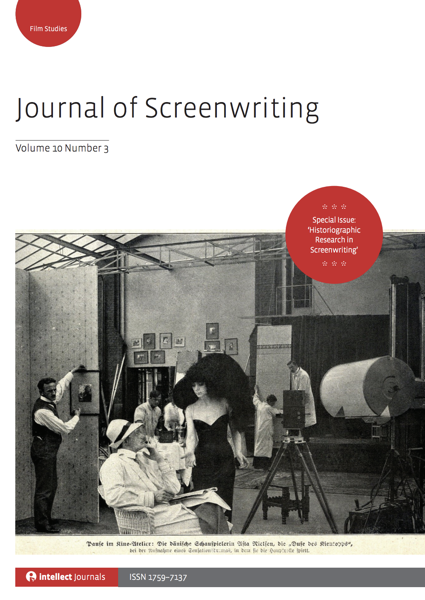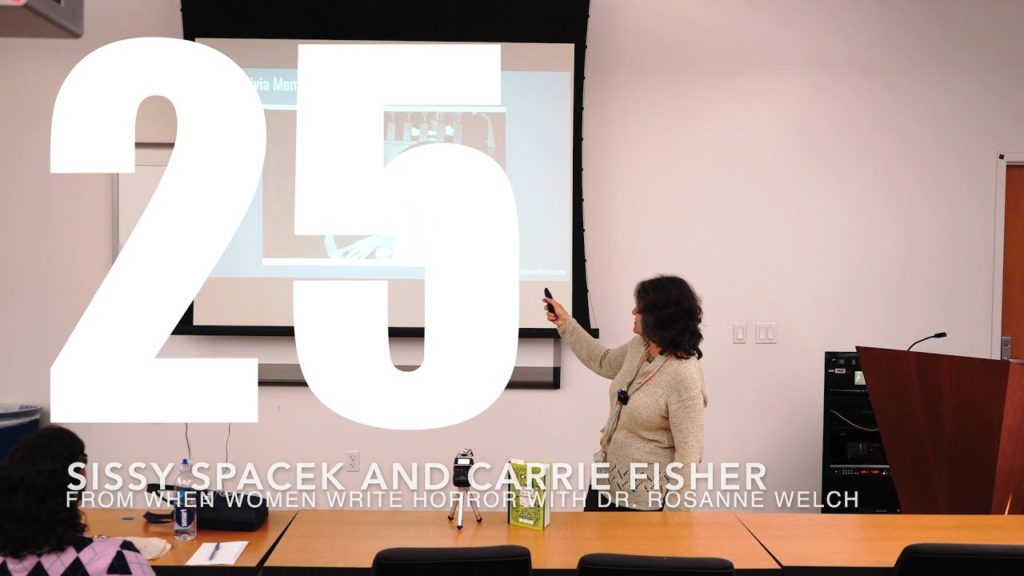Highlighting the articles in the past editions of the Journal of Screenwriting, of which I am the Book Reviews Editor. Hopefully these abstracts will entice you to did a little deeper into the history and future of screenwriting. — Rosanne
If it ain’t on the page, it ain’t on the stage: screenwriting, national specificity and the English-Canadian feature film by Janice Kaye and Charles H Davis
Like other film-producing nations, Canada’s movie landscape was long ago colonized by US interests. While other nations also welcome American movies, the Canadian case is extreme: Canada has the lowest market share in the world of its own movies on its own screens. Living next to the world’s most powerful country, Canada occupies geographically, economically, linguistically and culturally a position unique in the world. The historical and ongoing predicament of the lack of success of English-Canadian feature films has been variously attributed to similarities to the United States in language and culture, lower production budgets, and weaknesses in distribution, exhibition, marketing and quality. The role of screenwriting, however, is little understood and rarely broached. In this article, we argue the importance of screenwriting in understanding national cinemas; show that it has institutional, sociological and nation-specific dimensions; and present Canada as an ideal case to begin examining such factors. The first dimension the institutional is defined by auteurism as well as the collaborative nature of production. The second the sociological is greatly affected by exclusionary networks and various levels of discrimination based on such factors as gender, ethnicity/race, age, sexuality and economic class. The nation-specific area pertains to diverse historical, cultural and institutional practices particular or exclusive to the country or region. English-Canada, for instance, experiences a unique and complex cultural policy environment. Moreover, its fractured and regional history is one that has resulted in the production of obsessively performed narratives of national identity, particularly imbricated with Qubec, the United States, Britain and France. Our analysis draws together strands of intersecting disciplines, combining film theory and history with production studies, close textual analyses, political economy and nation theory, calling for a more complete picture of the role of screenwriting in national cinemas.

The Journal of Screenwriting is an international double-blind peer-reviewed journal that is published three times a year. The journal highlights current academic and professional thinking about the screenplay and intends to promote, stimulate and bring together current research and contemporary debates around the screenplay whilst encouraging groundbreaking research in an international arena. The journal is discursive, critical, rigorous and engages with issues in a dynamic and developing field, linking academic theory to screenwriting practice.
Get your copy and subscription to the Journal of Screenwriting Today!
* A portion of each sale from Amazon.com directly supports our blogs
** Many of these books may be available from your local library. Check it out!
![27 The Exorcist from When Women Write Horror with Dr. Rosanne Welch [Video] (25 seconds)](https://rosannewelch.com/wp-content/uploads/2020/09/rmw-cpp-horror-27.png)
![26 Jamie Lee Curtis from When Women Write Horror with Dr. Rosanne Welch [Video] (47 seconds)](https://rosannewelch.com/wp-content/uploads/2020/09/rmw-cpp-horror-26.png)

![25 Sissy Spacek and Carrie Fisher from When Women Write Horror with Dr. Rosanne Welch [Video] (48 seconds)](https://rosannewelch.com/wp-content/uploads/2020/08/rmw-cpp-horror-25-1200x675.jpg)

![24 Carrie from When Women Write Horror with Dr. Rosanne Welch [Video] (48 seconds)](https://rosannewelch.com/wp-content/uploads/2020/08/rmw-cpp-horror-24.png)
![23 Taking Horror Seriously from When Women Write Horror with Dr. Rosanne Welch [Video] (43 seconds)](https://rosannewelch.com/wp-content/uploads/2020/08/rmw-cpp-horror-23.png)
![22 Modern-Day Vampires from When Women Write Horror with Dr. Rosanne Welch [Video] (1 minute)](https://rosannewelch.com/wp-content/uploads/2020/08/rmw-cpp-horror-22.jpeg)